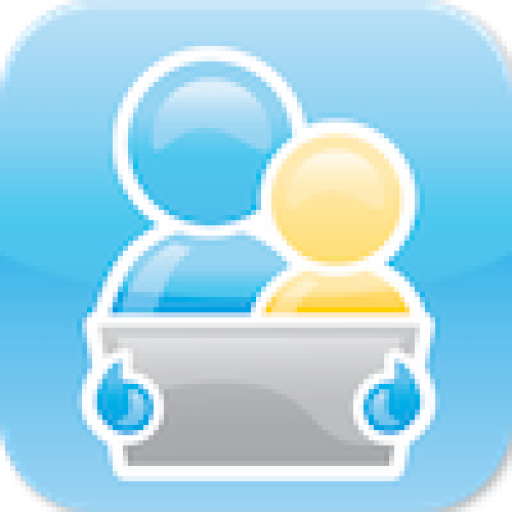Self-selected reading is often seen as the easiest literacy block. However, to develop a student’s love of reading requires careful resource curation and an awareness of their interests and preferences. Below is a checklist I use with teachers in working through the self-selected reading block in their classroom.
The two main guiding rules are:
- It isn’t self-selected if you don’t choose it yourself
- You can’t get good at it if it is too difficult
Overall guidelines
- Do you have 20 or more books per student in your classroom?
- Do you have a mix of fiction and non-fiction?
- Do students have a chance to interact with books as independently as possible?
- Do you have a mixture of comfortable spaces for students to read in?
- Do students have a chance to read a book with an adult for pleasure and enjoyment?
- Are you doing teacher read alouds as well as having DEAR (drop everything and read) time?
- Do you have a “reader’s chair” time for students to share about a book they have read each week?
- Do you have a spot in the writing block for students to do book reviews?
- Have you picked suitable early books for older readers?
- Are you using different technologies e.g. printed books, eBooks?
For emergent students
- Are you doing shared reading in this block? Remember to use AAC and CAR (Comment, ask, respond).
- How are you giving them independent access to books?
- Do you have a mixture of the following in your classroom?
-
- alphabet books
- repeated line books
- photo based books
- picture books
- rhyming books
- books in their areas of interest (check out www.tarheelreader.org)
- custom books
For conventional students
- How are you ensuring they choose from books at or below their reading levels?
- Do you have a mixture of the following for them to choose from?
- readers
- photo based books
- picture books
- rhyming books
- books in their areas of interest (look at published books and www.tarheelreader.org)
- chapter books (if appropriate)
- high interest favourites
- If a student is reading at a grade 1 level or above, are you aiming for silent reading?
- If a student has complex communication needs how are you teaching inner voice for silent reading?
And remember – the goal is always silent reading WITH COMPREHENSION
For more information
Check out the blog posts:
Self-selected Reading: Books for Every Reader
Self-selected Reading for Early Readers of All Ages
And you can download this as a handout by clicking here.



Carole
jane
K Staniec-Pinkerton (@pinkspeechpath)
jane